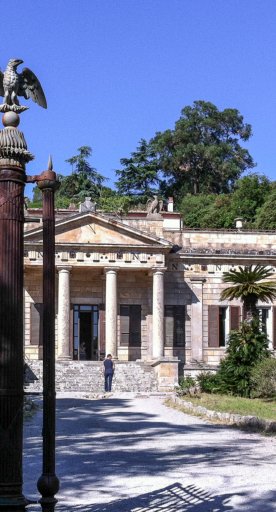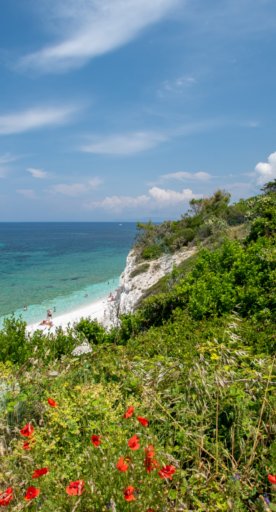Archaeological Museum of Portoferraio
Inside the Linguella Fortress, a fascinating journey through centuries of history
The Archaeological Museum of Portoferraio is housed in the Linguella Fortress, formerly used for salt warehouses. Inside you can admire archaeological finds from the Tuscan Archipelago, following a historical-topographical line.
Among the finds, dating from the 8th century B.C. to the 5th century A.D., there is ample evidence that Elba was a crossroads of peoples including the Etruscans, Punic and Greeks. Indeed, the Archipelago played a strategic role in maritime trade during antiquity, documented in the museum by vases, weapons, amphorae from necropolis, villas and sea wrecks.


The collection is accompanied by educational panels introducing the exhibits. Some showcases are devoted to the economy of Elba Island (mainly related to minerals), the wine trade and descriptions of ships.
Among the most interesting pieces on display is the anchor from the Montecristo wreck on which marine concretions have fixed several black-painted cups and vases. Also noteworthy is the Altar of Attiano, from the second century A.D.: this is a valuable granite find that bears an inscription linking it to a certain Hercules from Attiano, perhaps prefect of the praetorium of Emperor Hadrian.
Adjacent to the museum are the remains of the Roman Villa of Linguella, while at the opposite end of the gulf of Portoferraio, on the road to Porto Azzurro, are the remains of the Roman Villa of the Caves.
The museum is temporarily closed.










